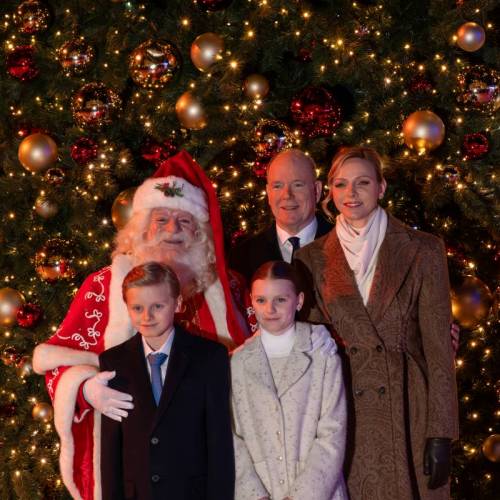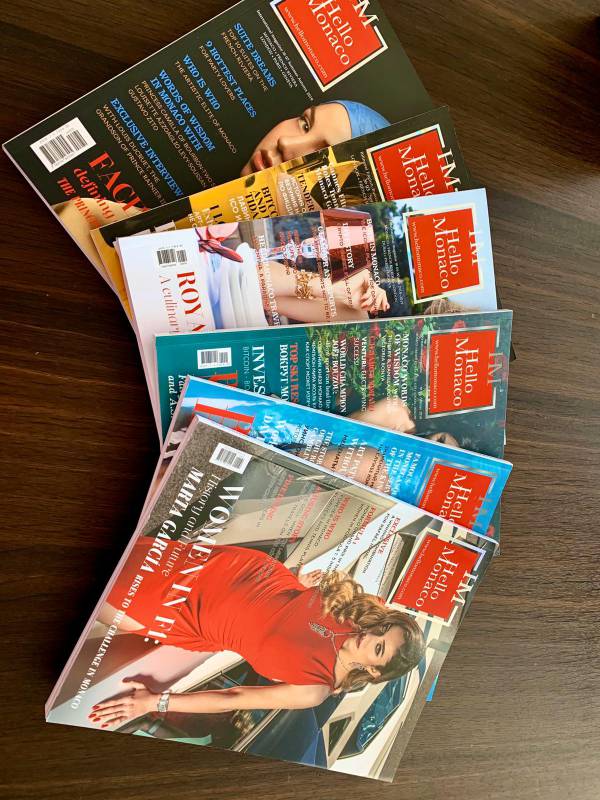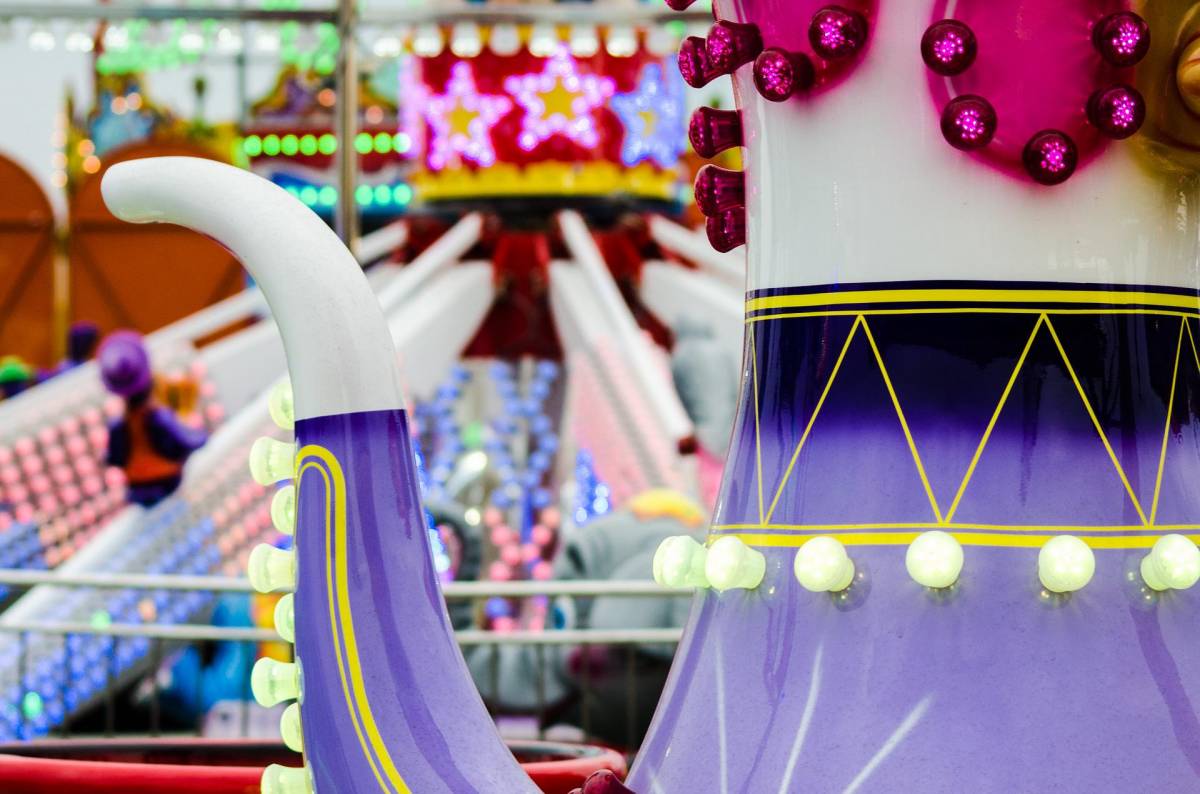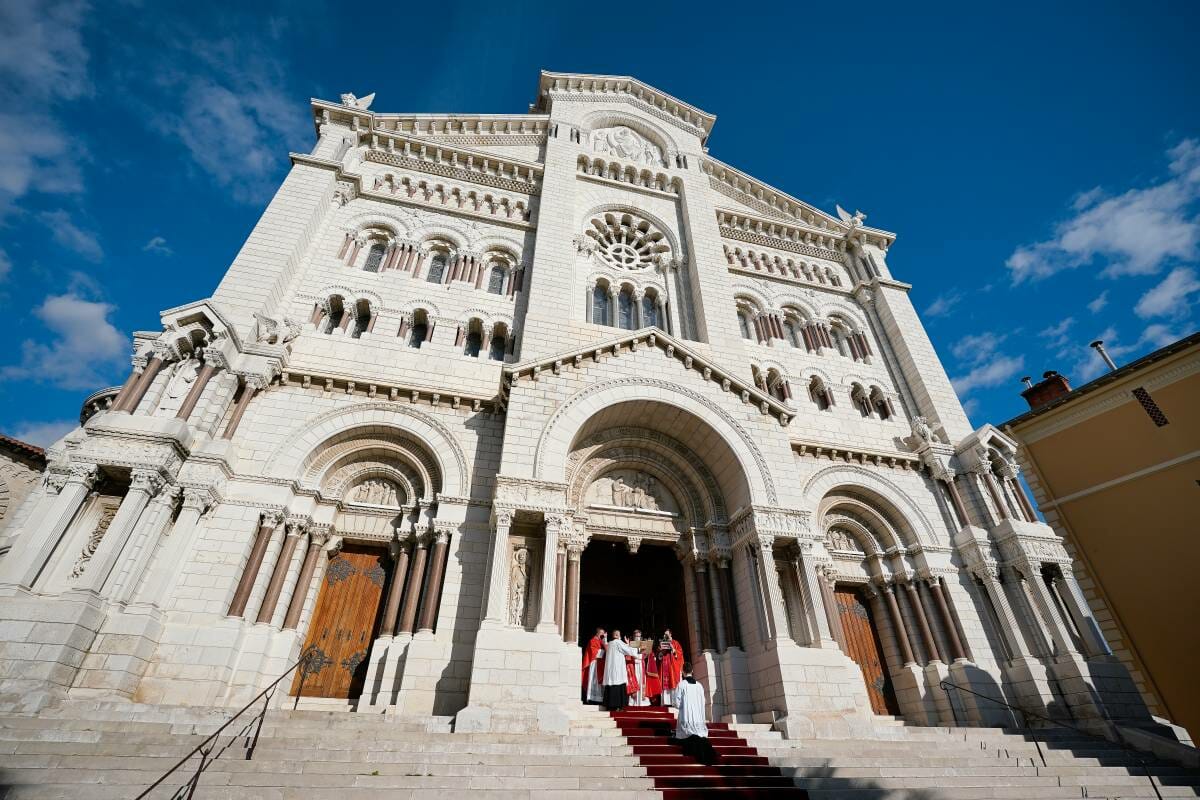The Procession of the Vow takes place on 8th December in Monaco, at the same time as the feast of the Immaculate Conception, the patron saint of the Cathedral, and the feast of the Venerable Archcon fraternity of Mercy. Each year this event commemorates the vows of Prince Honoré II and the Monegasque people who thanked the Virgin Mary for having saved Monaco from the plague epidemic of 1631.
Until the Second World War, the procession of the Vow took place on the 21st November, the feast of the Presentation of the Blessed Virgin Mary, “for no one believes that the miraculous cessation of the plague is due to anything other than the intercession of the Blessed Mother of God.”
The tradition of the Vow was taken up again in 1988 in a new form by associating it with the feast of the Immaculate Conception. That evening, during the celebration, the text of the renewal of the Vow is read by the first magistrate of the city or by a municipal councillor. At the end of the service, the Archcon fraternity of Mercy begins a procession followed by the Hospitaller, Equestrian and Pontifical Orders, the Choir of Monaco, the clergy and the faithful, to their chapel passing before the Madonna of the Vow, located above the door of the house at 7 rue Basse, where the last case of the plague was observed.
The population under quarantine
The plague of 1631 raged at le Rocher at the beginning of July and stopped at the end of November. The population was quarantined and a lazaretto, or plague house, was erected at Château Neuf, located at the eastern end of le Rocher above the Porte Neuve at the site of the current school of fine arts (ESAP).
The Pénitents Blancs ̶ the brotherhood of the Pénitents Noirs did not exist until 1639 ̶ devoted themselves to taking care of the sick and burying the dead in a pit dug in the small cemetery near the chapel of Saint Martin which was formerly located at the intersection of avenue des Pins and avenue Saint-Martin next to the lazaretto.
There were approximately 95 recorded deaths from the plague out of a population of one thousand inhabitants, which represented a mortality rate of 10%, not a quarter of the population, as a stubborn legacy suggests. “On the 20th of June (1632) the whole of the population made a solemn vow to celebrate the feast of the Blessed Virgin Mary,” in gratitude for the ending of the plague. The vow was transcribed by a notary and marked with the seal of Prince Honoré II. It was “then proclaimed with great pomp by the trustees and placed in a silver basin where the said trustees would see that it is preserved.”
More information
To learn more about traditions in Monaco you can visit https://www.traditions-monaco.com/.









